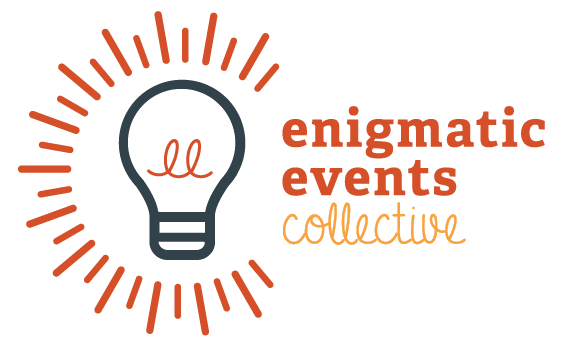Gameful thinking - 5 features of games
Gameful thinking is about analyzing processes and problems in terms of a game. It doesn't mean everything is a game, but as Jane McGonigal shows in 'SuperBetter', using gameplay can make you more resilient, more able to meet your goals, and more able to stay motivated. And if works for individuals, it can also work for teams.But what makes a certain activity a game, rather than a general activity or tool? Here's a list of five features that make something game-like. We can use these rules when analyzing serious games and game-like tools, to see if the proven benefits from games can be applied here. This also gives us a different way of looking at some standard activities. I claim this is a complete list - all games have to have these five things.
The Five Features of a Game
1. A Goal
A game needs a goal. A condition or goal that the players are working towards. For example, darts, the aim is to be the first person to reduce their score to 0. Achieving the goal doesn't always end the game, and may then be replaced by another goal, directed by the players, or the game itself.
2. Rules
Games have limitations. In soccer, for example, the aim is to move the ball into the goal, but your not allowed to use your hands. These limitations allow for creative expression and new ideas. Using different parts of the body. Or trying new tactics out. Rules allow us to progress under set conditions, and co-operate within the game space.
3. Feedback
Games require a feedback system, to see how close we are to the goal. It might be a simple metric of points. It might be several more levels complex, with multiple statistics and qualitative ratings. But we know where we are in the game and have some idea if our actions are helping us succeed or not. Without the feedback, we can't learn or improve. This means many games of pure luck (such as the lottery) aren't really games under this definition.
4. Voluntary Participation
Everyone playing must have agreed to play. And everyone playing must have agreed on the rules. If there's a dispute about the game rules while playing, it takes away from the activity itself. And if you're forced to take part, then you are not going to be as engaged as other people.
5. A Failure Mode
One of the biggest benefits from gameplay is the ability to fail in a safe environment. If you can't fail, and it's not clear you've failed, you can continue down a path for far too long. And that's not fruitful. The activity starts to waste time, and any gains can disintegrate if there is not a firm end point. Failure lets us reflect on our performance, and make plans to improve. Failure in a game can be used to analyze, and then improve the chance of success next time. And next time might be a real situation, not a game. For a game, failure can be for one person, or for the entire set of players.
Gameful Thinking
Some of the 'serious games' out there don't pass these five rules. Often it's the last one, where there's no clear way to spot failure early. This can lead to meetings using these tools to fall apart. An uncontrolled failure like this can lead to reduced engagement and lower collaboration between team members. The exact opposite of the outcomes we want.When designing activities to be games bearing these five rules in mind makes for better experiences. Gameful thinking should be used when building games for both serious and entertainment outcomes. Furthermore, as I'll discuss in a future blog post, looking at some other activities with these rules in mind can lead to some interesting new ways of thinking about work.
Want to talk more about how serious games can be used in your business? Want to learn more about gameful thinking in your business? Want to get an example game to review a recent project? Contact Chris@EngimaticEvents.com.


